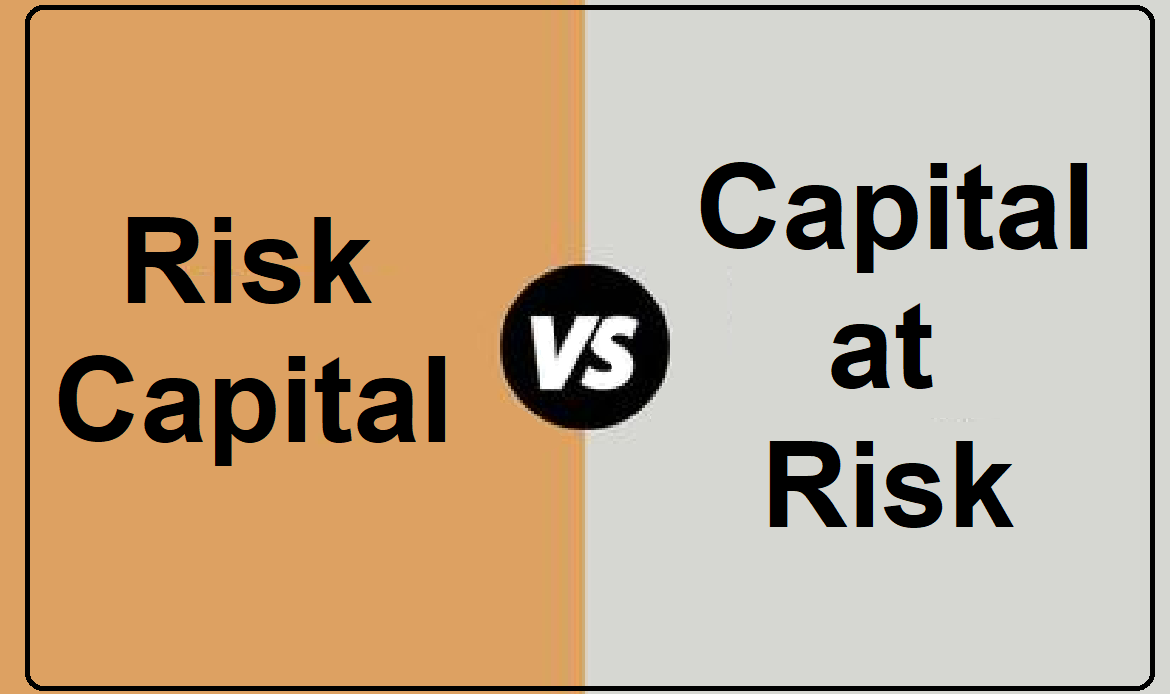Credit risk is the danger of financial loss that arises from the possibility that borrowers in ordinary business dealings and counterparties in derivatives transactions may fail to meet their obligations and end up in default. It is a company’s exposure to the risk of loss (of the amount loaned and any accrued interest), typically through loans, where the exposure to this type or sources of risk is unilateral and only the lending institution faces it.
On the other hand, a counterparty credit risk is a type of credit risk that arises or may arise on both sides of a transaction if a credit event occurs, creating a bilateral risk of loss due to inability or unwillingness of a counterparty (i.e., either/ any counterparty) to fulfill its respective contractual obligations related to making timely payments and settling due payables. This situation may arise from an actual default or by deterioration in a counterparty’s credit quality. In which case, the impact may take place on either side of the transaction- that is, the market value of the transaction can be positive or negative to either counterparty, not only limited to one specific counterparty.
Furthermore, in the case of a counterparty credit risk, since the exposure depends on market movements, it is is neither constant, nor deterministic. Therefore, counterparty risk is subject to a fluctuating exposure that correlates to market movements and the impact of such movements on either counterparty.
Credit risk arises in loan transactions, while counterparty credit risk has to do with financial transactions such as derivatives, where the market value of the derivative giving rise to counterparty risk depends on the derivative’s underlying asset. Hence, counterparty risks inherit all the risk factors associated with underlying assets.






